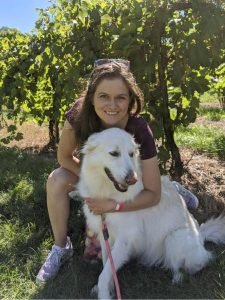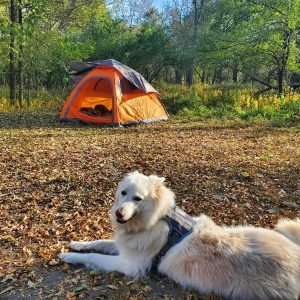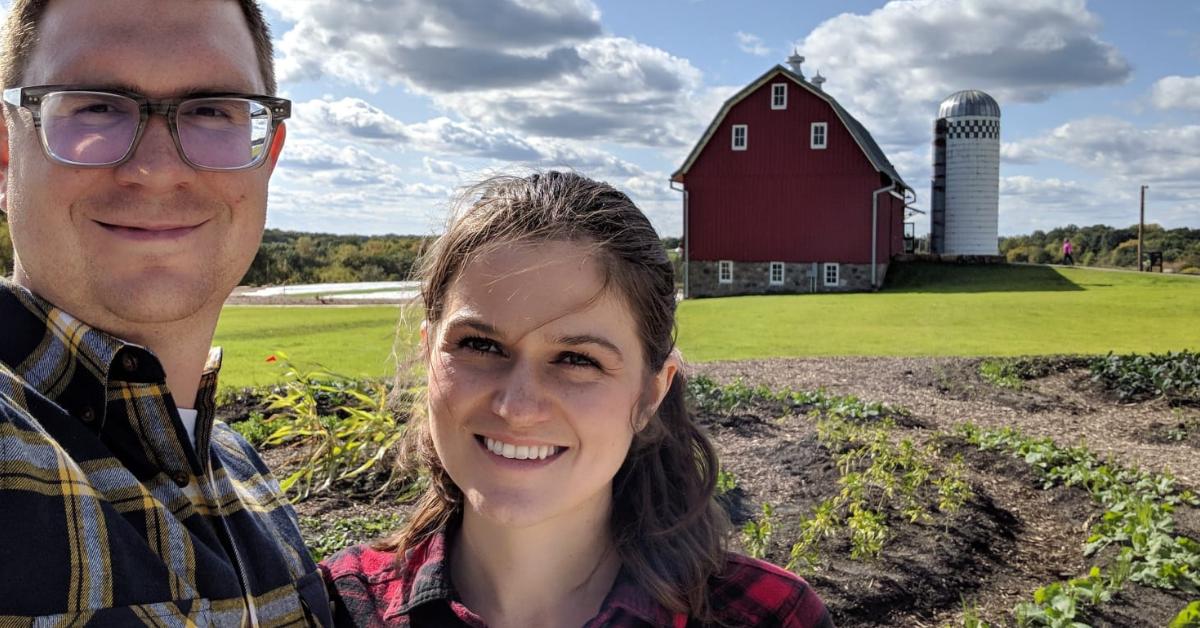
What drew you to the field of public health?
“I considered going into medicine or veterinary science, but found that neither of them were the right fit because I am very squeamish. I once did a job shadow at a veterinary clinic and almost passed out!
After I participated in a summer program focused on biostatistics, I thought I could merge my interests in math and biology, which I studied during my undergraduate education. I went on to do research that combined my interests in improving health for both animals and humans. My dissertation research focused on improving osteo-athritis in people and dogs using data collected from veterinary researchers.
What does your current research focus on?
“I was recently appointed as the Associate Director for the Coordinating Centers for Biometric Research (CCBR), which does clinical trials and cohort studies on diseases and chronic conditions. A specific trial I’m working on utilizes a high-flow nasal device for individuals with chronic obstructive pulmonary disease (COPD). So folks get to take home this device that they wear at night that produces humidified air, which is predicted to help them manage their COPD. Another cohort study I’m working on is studying oral health outcomes for individuals with head or neck cancer, and we have been following these 500 participants to track changes in their health for up to seven years.”
Why did you choose U of M SPH to accomplish this work?
“SPH was high on my list of prospective institutions to work for. SPH has a top notch division of biostatistics and health data science. I also liked the collaborative opportunities that the school had to offer, with chances to interact with both the medical and veterinary schools. Plus, I thought living in Minnesota would be a nice change of pace. The city–and campus specifically–are beautiful and lively.”
What classes do you teach? How does teaching support your growth as a researcher?
“I teach the PubH 7430: Statistical Methods for Correlated Data course every other year. So I have a little bit of teaching responsibility on top of my research, which is great because I love interacting with students. Spending time with students is so energizing and fun, especially when they are enthusiastic about their research! We get to share our work, stories, and insights with one another. And our students keep me on my toes. They challenge conventional or traditional ways of doing things that push me to grow and become a better educator.”

What is one interesting thing about yourself that might surprise your colleagues or your students?
“I am an official member of Minnesota’s state park hiking club! It’s a fun way to see different parts of the state. The state parks on the North Shore have been my favorite to visit, and I got a 100 mile patch last year! Participating in this club has been a great way to be active.”
What do you do when you are not working?
“In my free time, I really enjoy cross-country skiing and hiking with my dog, Jordy. I also love all things food. I like cooking, watching reality cooking shows like The Great British Bake-Off, and trying new restaurants. Specifically, the food scene here in the Twin Cities is very impressive — some of my favorite restaurants are Owamni, Magic Noodle, and Cecil’s Deli.”

